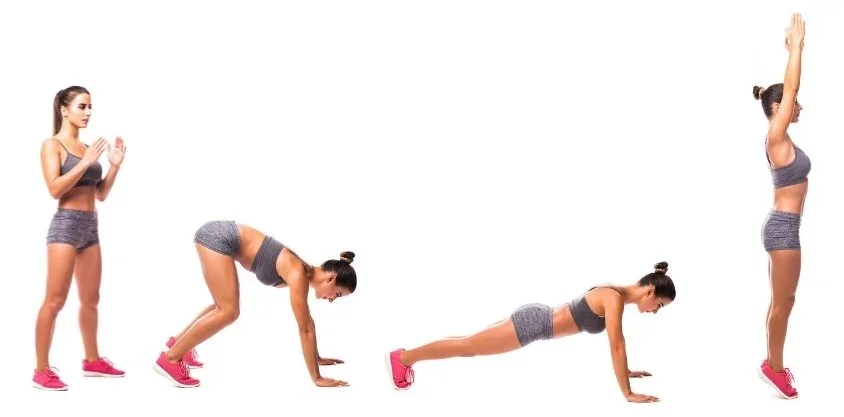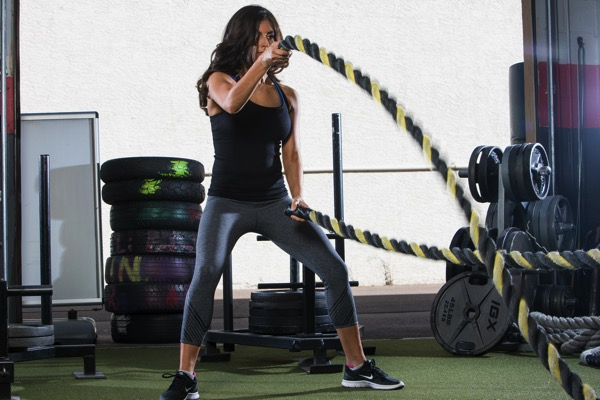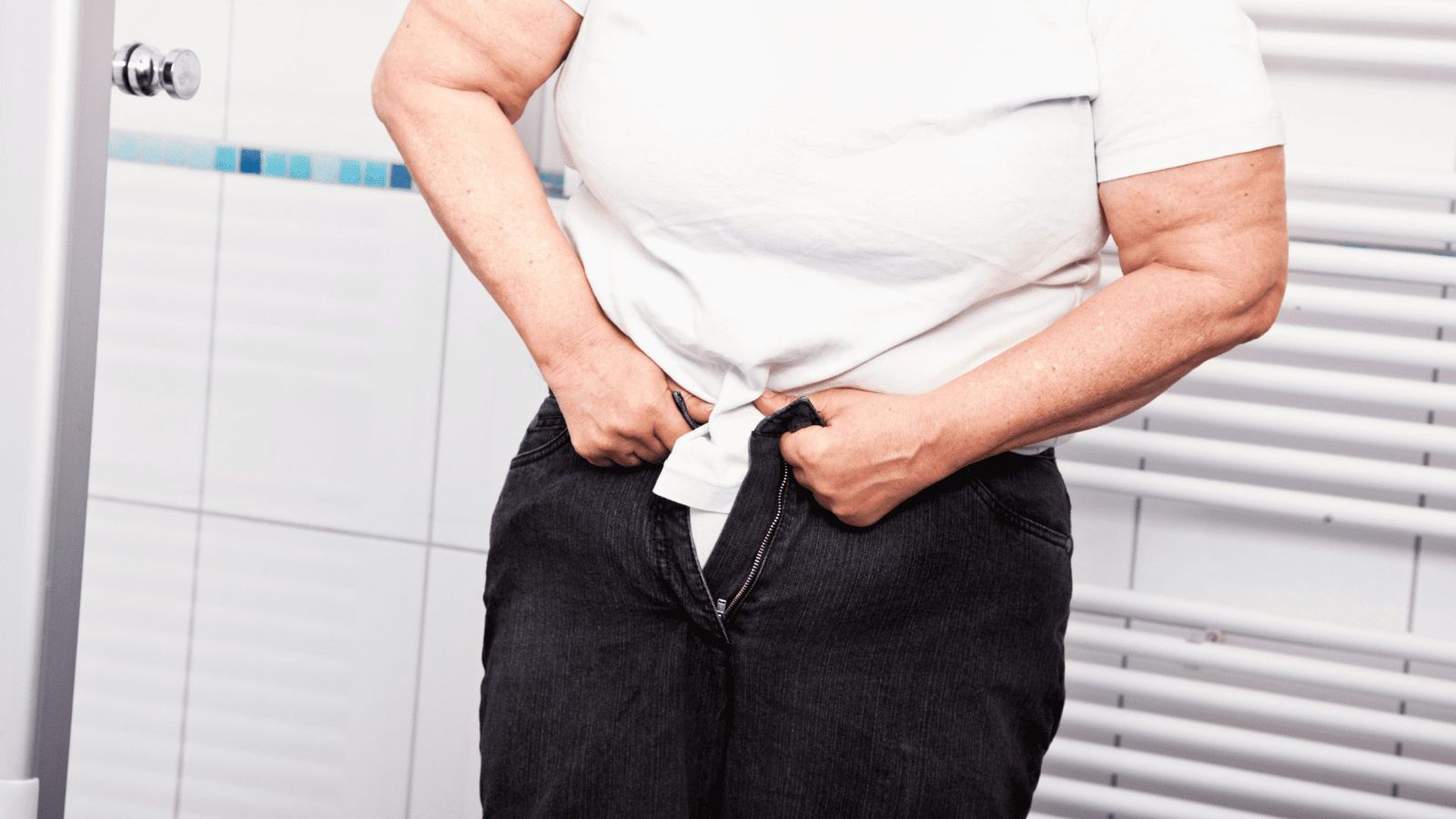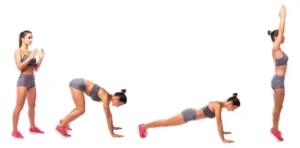
When it comes to slimming down, cardio is often the go-to method for many individuals. Running, cycling, and elliptical workouts are seen as reliable ways to burn calories and lose fat. However, the idea that cardio is the ultimate fat-burning tool is misleading. Recent research and expert insights reveal that while cardio has benefits, particularly for heart health, it may not be the most effective strategy for losing fat when done alone. Let’s dive into the best ways to use cardio for fat loss.
Understanding Cardio’s Role in Fat Loss
Cardio exercises undeniably offer benefits, especially in terms of improving heart health and overall fitness levels. However, relying solely on cardio to burn fat may not yield optimal results. Studies have shown that individuals often offset the calories burned during cardio sessions by engaging in compensatory behaviors such as reducing overall daily activity or increasing their caloric intake.
Key Takeaways:
- Cardio helps burn calories but may not be the most effective for fat loss when done alone.
- Compensatory behaviors like eating more or being less active can hinder fat loss progress.
- Studies show that people typically lose only 20-50% of the fat they expect from cardio alone.
This limited fat loss can be explained by the constrained energy model. This theory suggests that as you increase cardio, your body compensates by reducing energy expenditure in other areas, like non-exercise activities (fidgeting, standing, etc.). This reduction in activity leads to fewer overall calories burned throughout the day.
The Constrained Energy Model: How Cardio Affects Energy Use

The constrained energy model illustrates how the body adjusts to increased physical activity. Essentially, when you do cardio, your body reduces energy expenditure in other areas to maintain balance. For example, after a long cardio session, you might feel more tired and less likely to move throughout the day, resulting in fewer overall calories burned.
Effects of Cardio on Energy Expenditure:
- Cardio may lead to a decrease in overall daily energy expenditure.
- The body compensates for cardio by reducing non-exercise activities, such as fidgeting and other spontaneous movements.
- This compensation can limit fat loss, even if you spend hours doing cardio each week.
Why Diet is Crucial for Fat Loss
So, if cardio alone isn’t enough, what is the best approach to fat loss? The key is combining a caloric deficit through diet with resistance training and moderate cardio. Creating a calorie deficit—where you consume fewer calories than you burn—is essential for fat loss.
The Importance of Diet in Fat Loss:
- Diet plays a vital role in fat loss, as it’s easier to manage calorie intake than to burn extra calories through cardio alone.
- Fat loss is most effective when you maintain a caloric deficit while staying active and eating the right foods.
- Resistance training during fat loss helps preserve muscle mass, which is critical for maintaining metabolism.
Research suggests that combining diet with resistance training is more effective for fat loss than cardio alone. Resistance training helps maintain muscle mass during fat loss, keeping your metabolism high and promoting more significant fat loss.
How to Use Cardio Effectively

While cardio isn’t the primary driver of fat loss, it still plays an important role when combined with a proper diet and resistance training. The key is to use cardio as a supplemental tool rather than the main focus.
Effective Cardio Strategies:
- Start with a baseline of 7,000 steps per day combined with resistance training and a controlled diet.
- Add 2-3 cardio sessions per week (20-30 minutes each) to accelerate fat loss after establishing a solid foundation.
- Gradually increase cardio only when progress stalls—don’t jump into high volumes right away.
When paired with a good diet and strength training, cardio can enhance fat loss without the need for excessive or exhausting sessions. The balance between cardio, resistance training, and diet is crucial for sustained fat loss.
HIIT vs. MISS: Which Type of Cardio is Better for Fat Loss?
Many people wonder whether high-intensity interval training (HIIT) or moderate-intensity steady-state cardio (MISS) is better for fat loss. Research shows that both forms of cardio are effective, and there is no significant difference in fat loss between the two. The most important factor is consistency and finding what works best for you.
High-Intensity Interval Training (HIIT):
- Involves short bursts of intense activity followed by periods of rest or low-intensity exercise.
- Can be completed in a shorter amount of time but requires more effort.
- Associated with the afterburn effect, where the body continues to burn calories after the workout is finished.
Moderate-Intensity Steady-State Cardio (MISS):
- Involves maintaining a moderate level of exertion for a longer duration.
- Easier on the body and can be sustained for longer periods.
- Burns calories during the workout but doesn’t have the same afterburn effect as HIIT.
Key Takeaways:
- Both HIIT and MISS are effective for fat loss, but neither has a significant advantage over the other.
- Choose the type of cardio that you enjoy and can sustain in the long term, as consistency matters more than intensity.
How Much Cardio Do You Need?

One common mistake people make is jumping into excessive cardio right away. However, too much cardio can lead to burnout, increased hunger, and even muscle loss. Instead, start with moderate amounts of cardio and increase gradually as needed.
Recommended Cardio for Fat Loss:
- Start with 150 minutes of moderate-intensity cardio per week, spread out over multiple sessions.
- Combine this with strength training 2-3 times per week to preserve muscle mass and improve fat-burning efficiency.
- If fat loss stalls, add 10-15 minutes per session until you start seeing progress again.
By combining strength training, moderate cardio, and a proper diet, you can lose fat effectively while maintaining muscle mass and keeping your metabolism high.
The Importance of Strength Training for Fat Loss
Strength training is often overlooked in fat-loss programs, but it plays a crucial role in ensuring that you lose fat, not muscle. During a calorie deficit, your body might break down muscle for energy if you’re not stimulating your muscles through strength training. This leads to a slower metabolism and stalled fat loss.
Benefits of Strength Training:
- Preserves muscle mass during fat loss, preventing metabolic slowdown.
- Increases metabolic rate, allowing you to burn more calories even at rest.
- Improves body composition, helping you achieve a leaner, more toned physique.
For optimal fat loss, aim to include strength training sessions at least 2-3 times per week. Focus on compound movements like squats, deadlifts, and bench presses, which work multiple muscle groups and burn more calories.
Staying Active Throughout the Day

In addition to structured workouts, daily activity plays an important role in fat loss. Increasing your daily movement—such as walking more, taking the stairs, or standing throughout the day—helps you burn additional calories and stay on track.
Tips for Increasing Daily Activity:
- Set a goal of 7,000 steps per day to maintain a baseline level of activity.
- Use a fitness tracker to monitor your movement and ensure you’re meeting your daily targets.
- Incorporate more non-exercise activities like walking, taking breaks from sitting, and standing more often.
Daily activity contributes significantly to overall calorie burn and can help support fat loss without the need for intense cardio sessions.
Preventing Weight Regain After a Diet

One of the biggest challenges after losing fat is keeping the weight off. Once you’ve reached your fat-loss goal, maintaining some level of activity and continuing healthy eating habits are crucial for preventing weight regain.
Tips for Maintaining Fat Loss:
- Continue doing 150 minutes of moderate cardio per week to keep your metabolism elevated.
- Incorporate strength training to preserve muscle mass and prevent fat gain.
- Stay active throughout the day by walking, standing, and moving as much as possible.
- Keep a balanced, healthy diet that doesn’t rely on extreme calorie restriction.
Maintaining your weight after fat loss requires a combination of consistent activity and mindful eating habits. The goal is to make your fat-loss routine sustainable for long-term success.
Conclusion: Cardio is a Tool, Not a Solution
Cardio can be a helpful tool in a fat-loss program, but it’s not the ultimate solution. The key to successful fat loss is combining strength training, a proper diet, and moderate cardio. Instead of jumping into excessive cardio sessions, focus on creating a balanced routine that you can stick with for the long term.
Key Points:
- Cardio is great for heart health, but it’s not the most effective way to lose fat on its own.
- A combination of strength training, diet, and cardio is the most effective fat-loss strategy.
- Aim for 150 minutes of moderate-intensity cardio per week, paired with strength training.
- Choose activities that you enjoy and can sustain, as consistency is crucial for long-term success.















